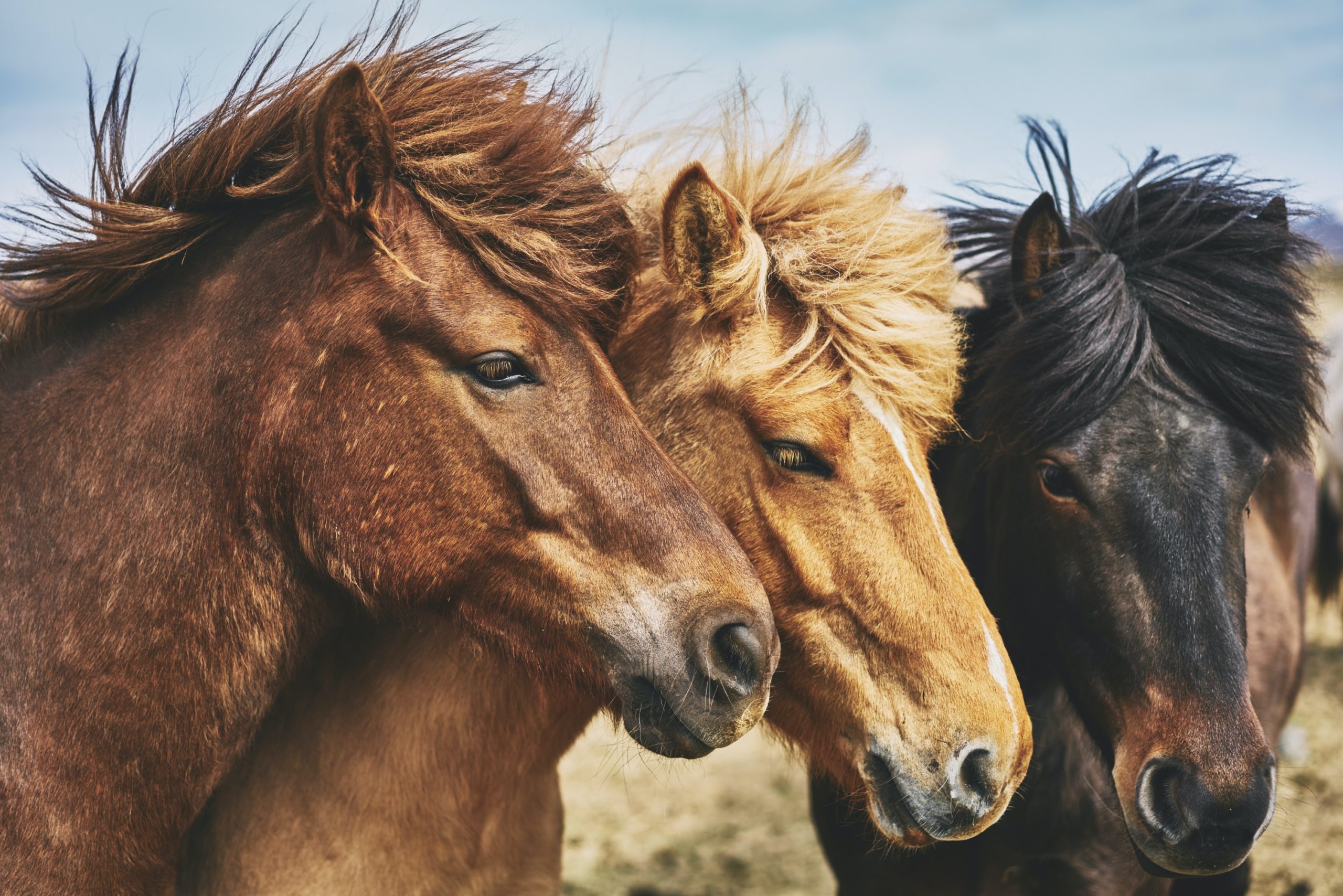An in-depth research of horse breeds

The equine phylum (Equidae) is now fairly small. Equus caballus is the genus that includes all horse breeds, from sleek racehorses like thoroughbreds to stocky plow horses to small ponies. The genus Equus, which now contains only seven species, includes all of the living branches of the horse family tree. Other equids include donkeys, asses, and zebras. Horses are all types of domesticated equines (Equus caballus). The Asiatic wild horse, also known as the Przewalski horse or Equus przewalskii, is sometimes considered a subspecies of Equus caballus, however it is more frequently recognized as Equus przewalskii. They mostly consume simple system horse feeds.

The European wild horse, or tarpan, has been extinct in Europe since 1919. Domestic horses are considered to be descended from this species. Equus asinus, the domesticated donkey, is a native of eastern Africa. Onager and kulan are two of the five subspecies of the Asiatic (Equus hemionus) found in the Middle East and Asia. There are three subspecies of the Kiang (Equus kiang). Eastern African Grevy's zebras (Equus grevyi) are the largest and most distinctive in appearance.
In an ideal world, each actual species would be given a distinct name by scientists. There are times when it is difficult to tell the difference between species because of their near resemblance. Many specialists believe that all living horses (Equus caballus) are members of the same species, but not everyone agrees with this.
In addition to horses, the Equus genus includes zebras and donkeys, and these animals have all survived. Except for members of the equine species itself, who can claim to be a horse's closest living relatives? For example, you won't find them on a farm. Chicago, Illinois, is home to the Field Museum. One more tip: Pay attention to your feet. One of the odd-toed mammals include horses. Animals with "cloven hooves," such as goats, pigs, cows, deer, and camels, are out since they have two toes. What about the other odd-toed plant-eaters out there? In this category, perissodactyls are the oldest and most extinct. Only a few kinds of animals are still around today. The horse's closest surviving relatives, rhinos and tapirs, are among them.
There are many large predators that horses have to avoid, so its ability to outrun them is critical. To truly understand horses, we must first grasp their innate tendency to flee. One of the most intelligent household animals is the horse. Because they are prey, they must be able to distinguish between predators and prey. . Lightning-fast reaction time: the horse. To survive, a prey animal must be able to react quickly to a suspected predator. Horses are capable of becoming desensitized to fearful stimuli. To avoid a life of constant running from danger (such as lions, cougars, and the like), they must quickly learn what is hazardous and what is not (such as tumbleweeds, birds, a discolored rock, and the like). Horses are tolerant, but they're not naive. They have a tendency to focus on the negative aspects of events. Making the horse's first training experience a positive one will help ensure a positive outcome. If an occurrence is not to be feared, it is either ignored or explored by horses. If it is feared, it is either ignored or avoided. When you introduce a new concept to the horse, you must prove that 'a' is correct. Again, it's vital to make every training session a good one.
